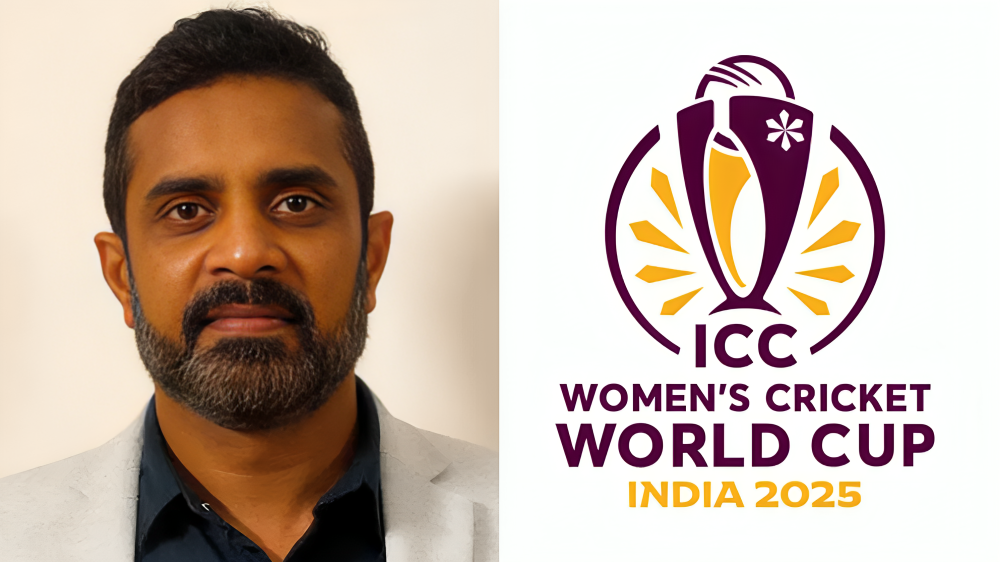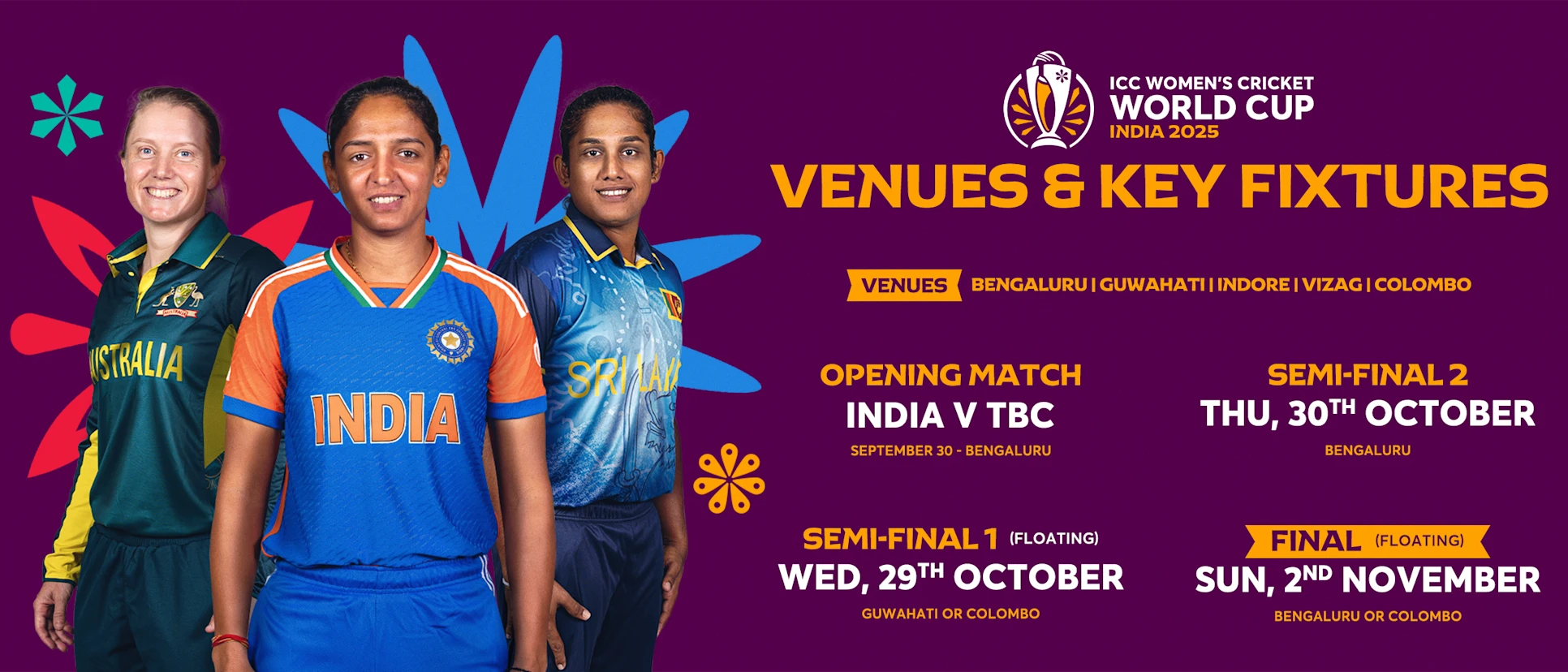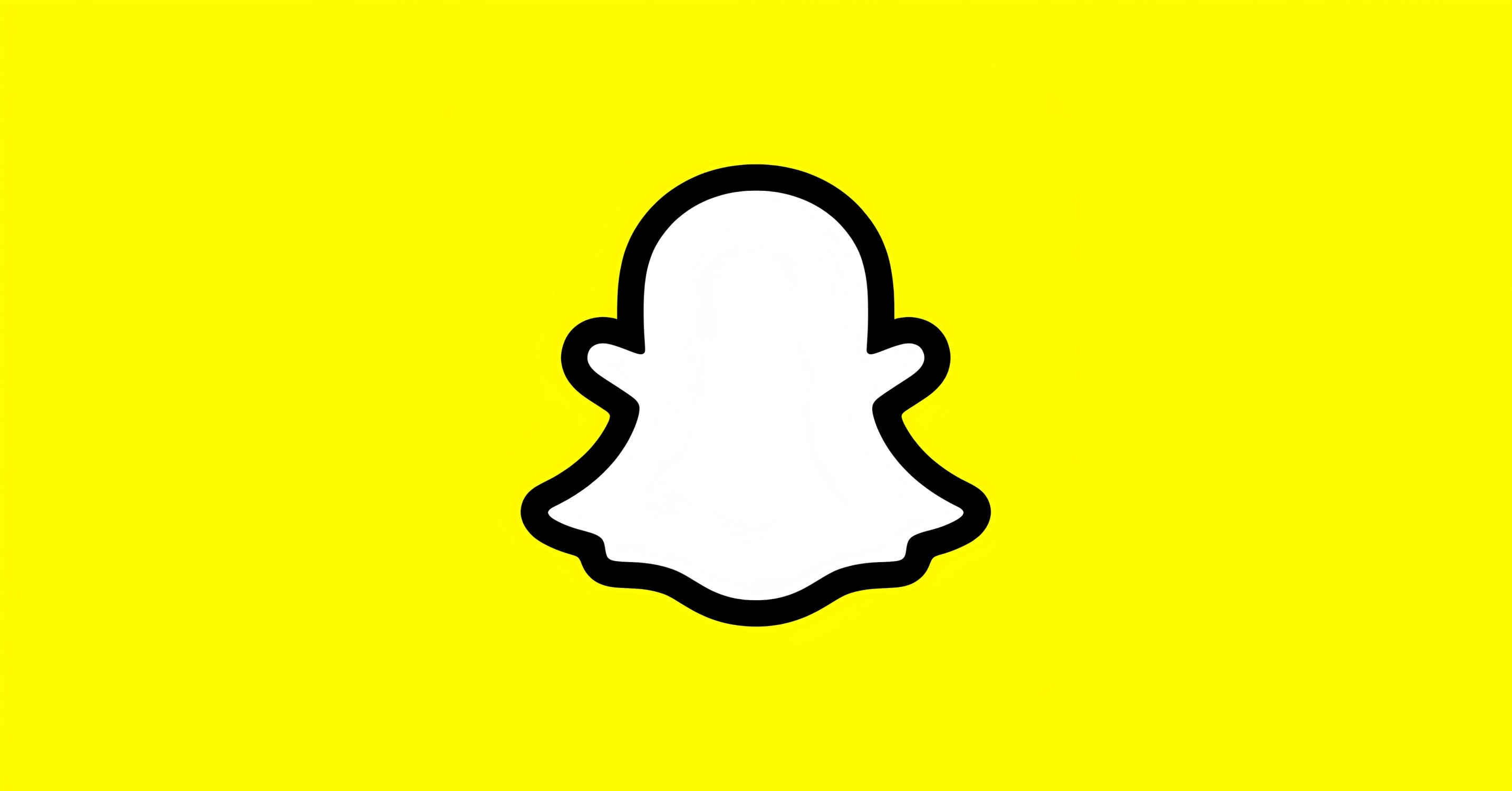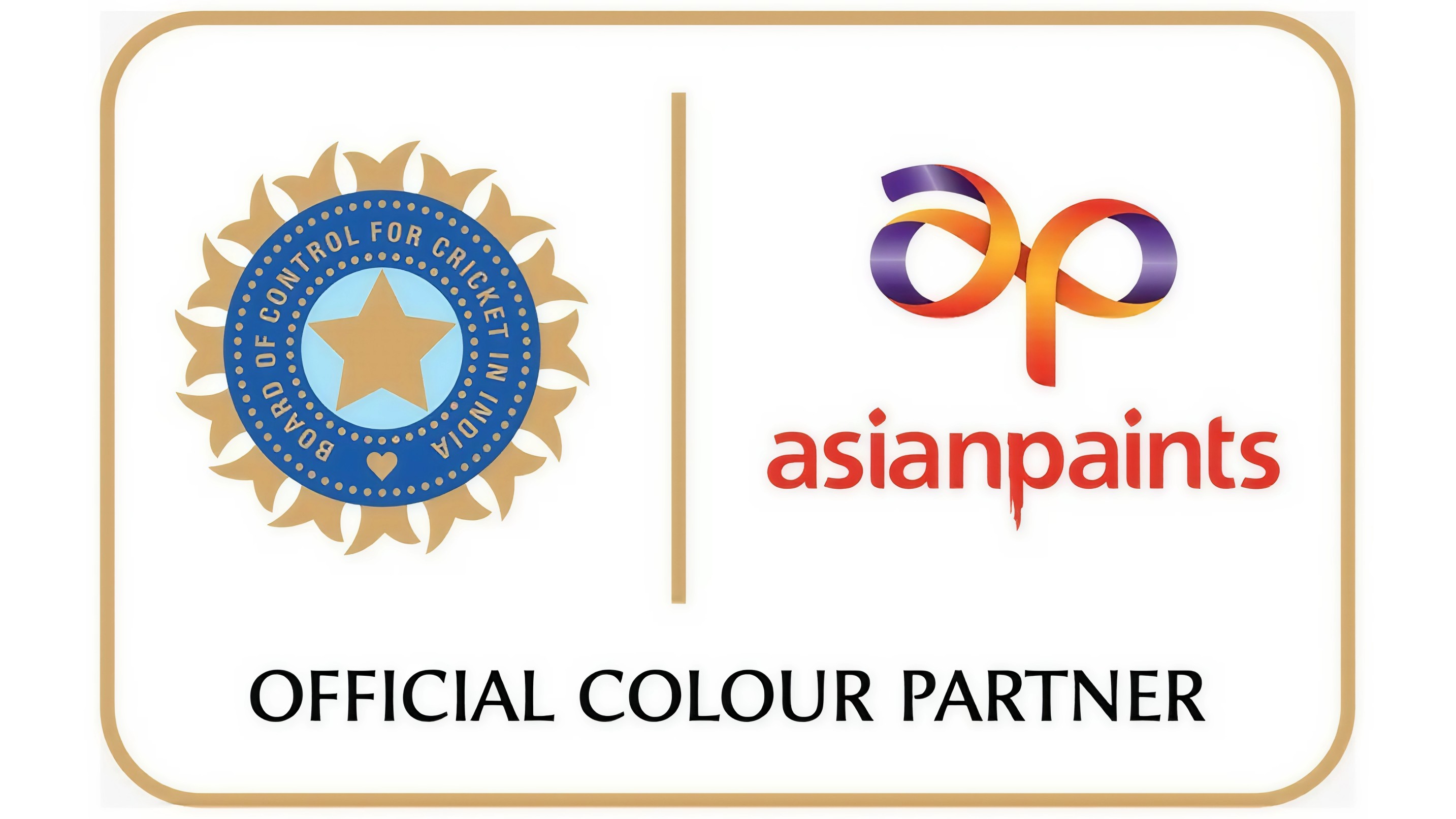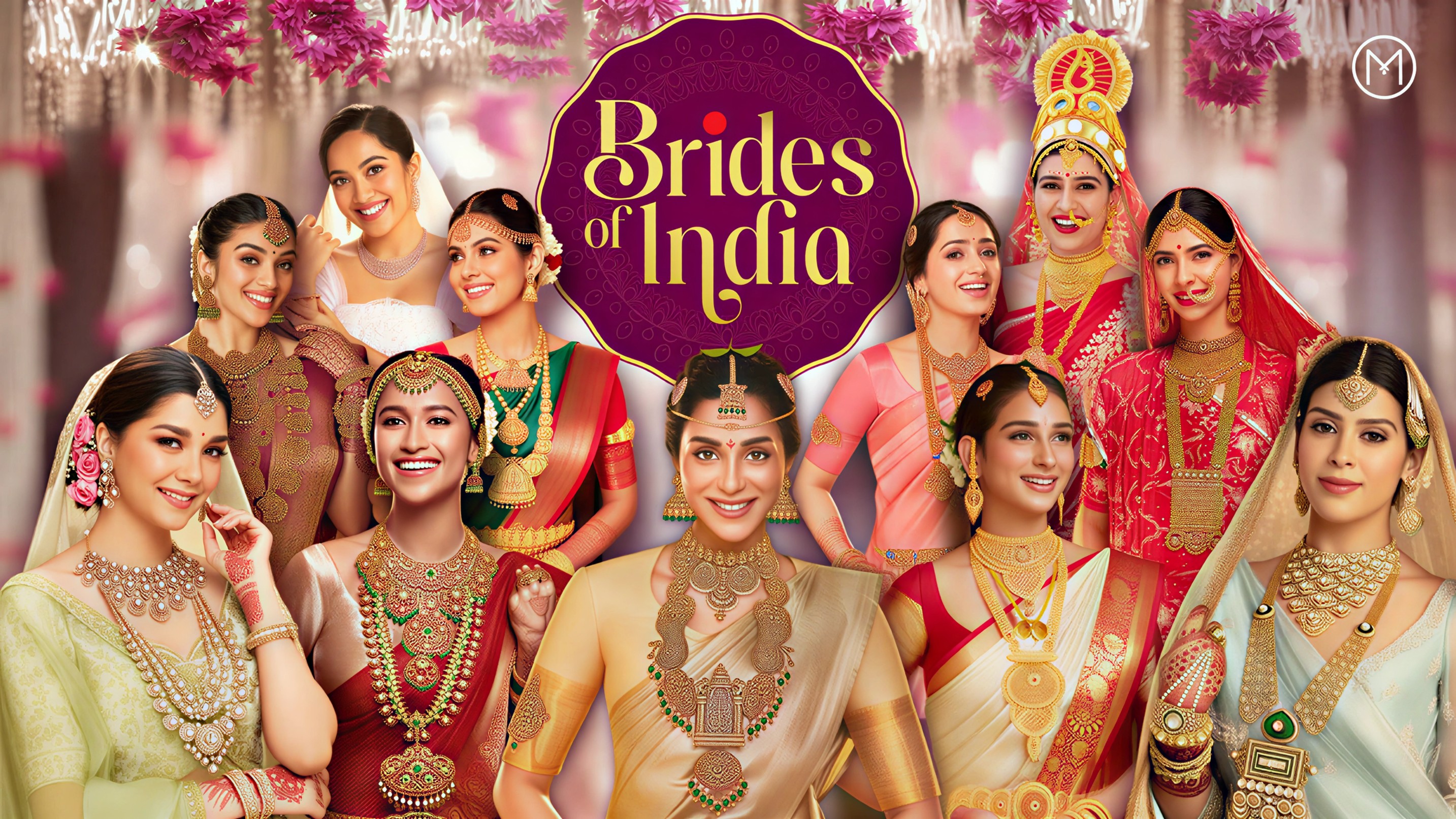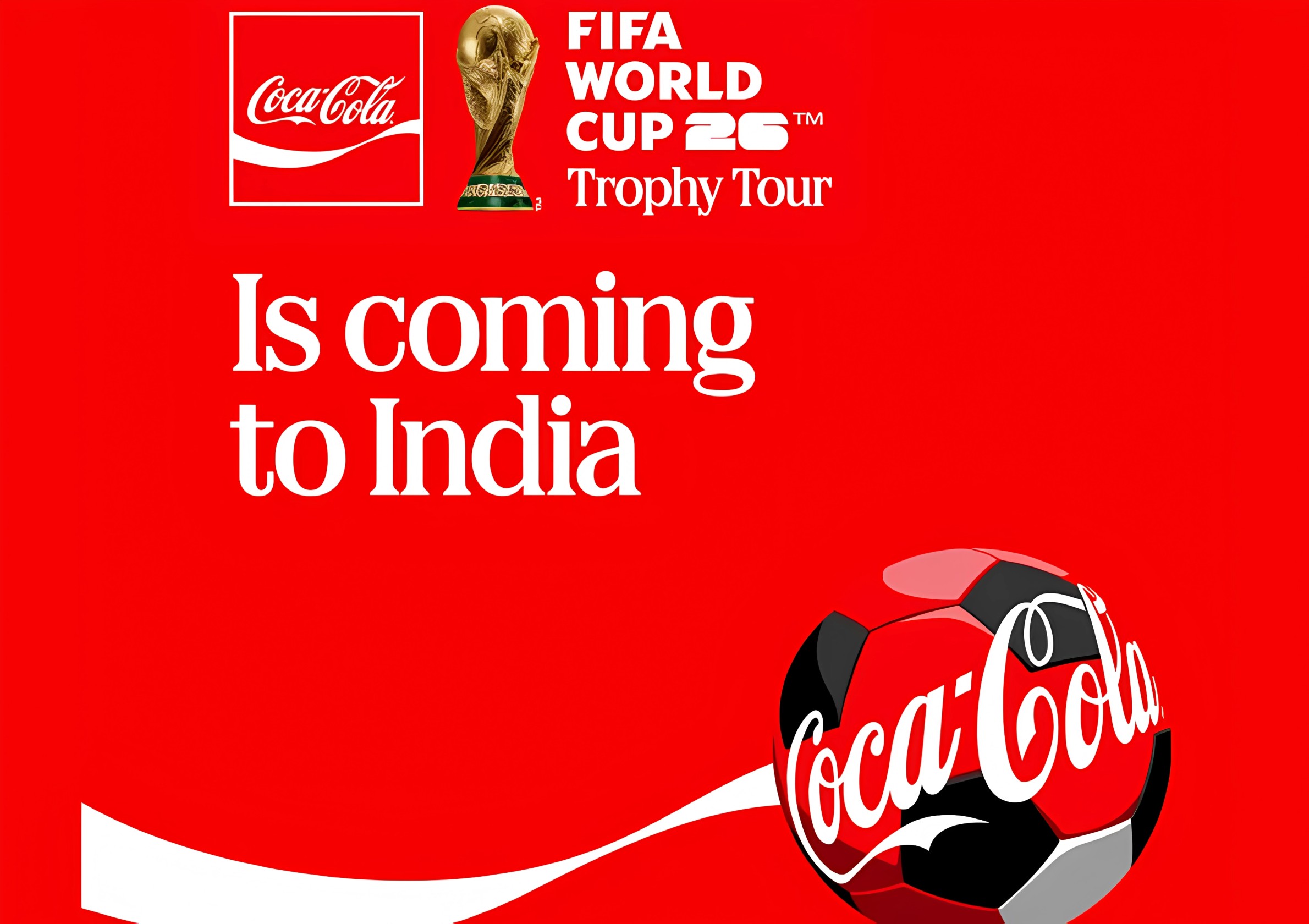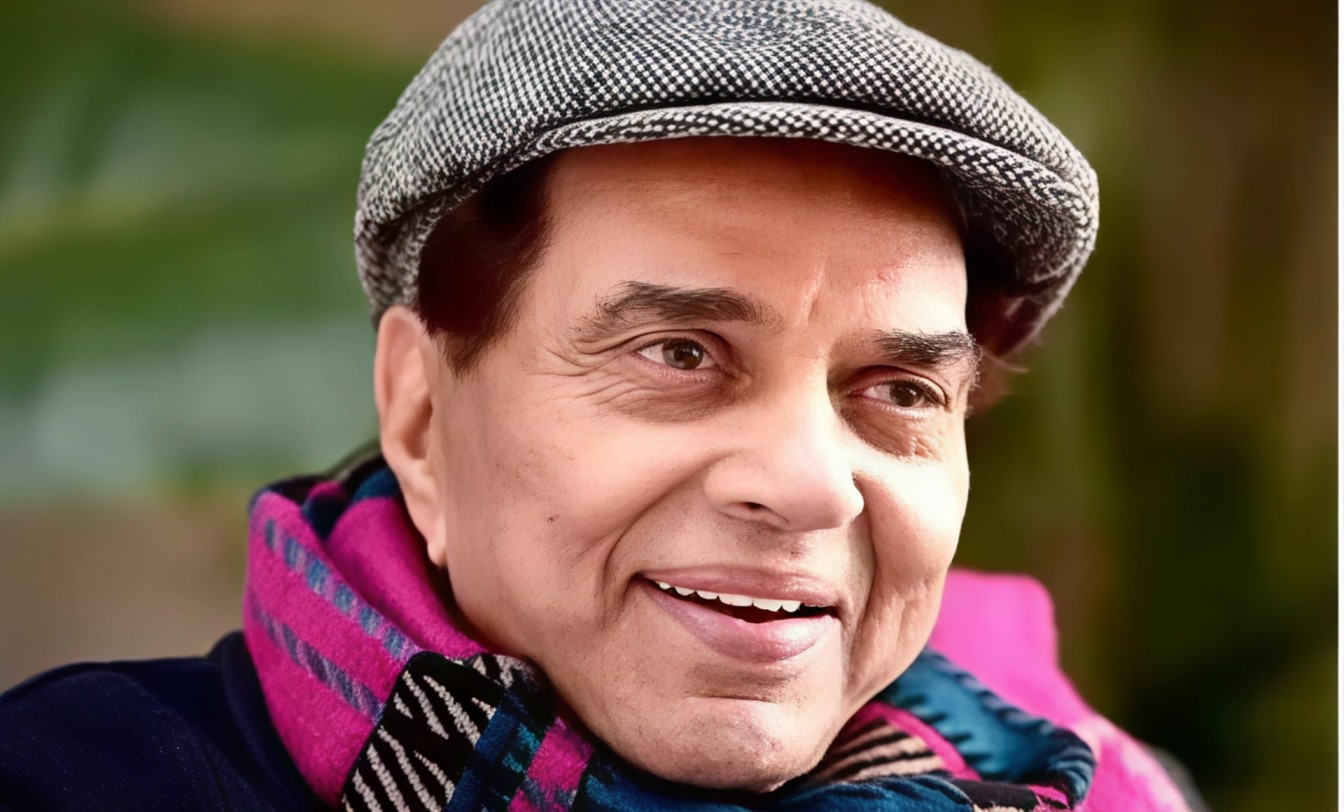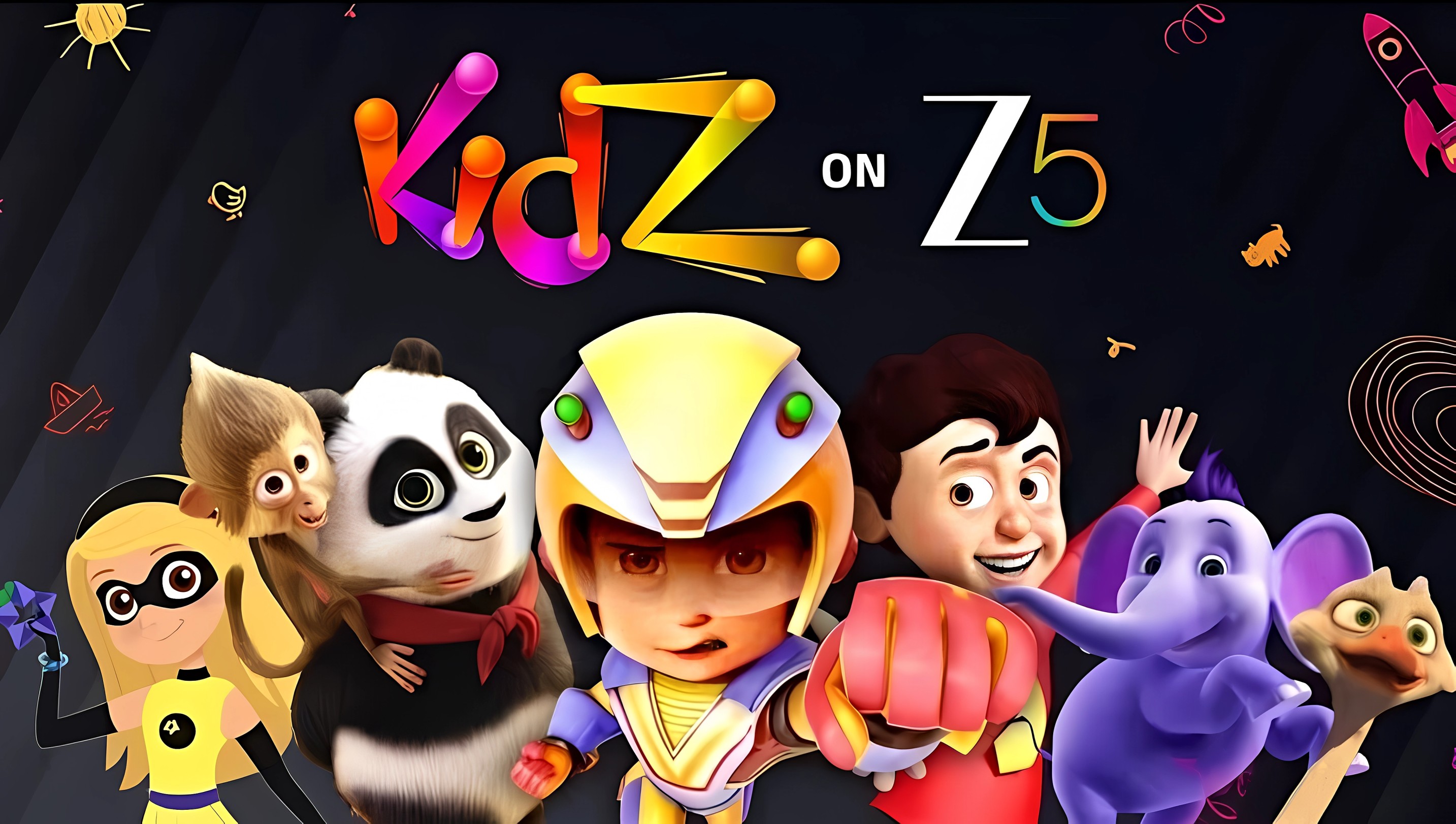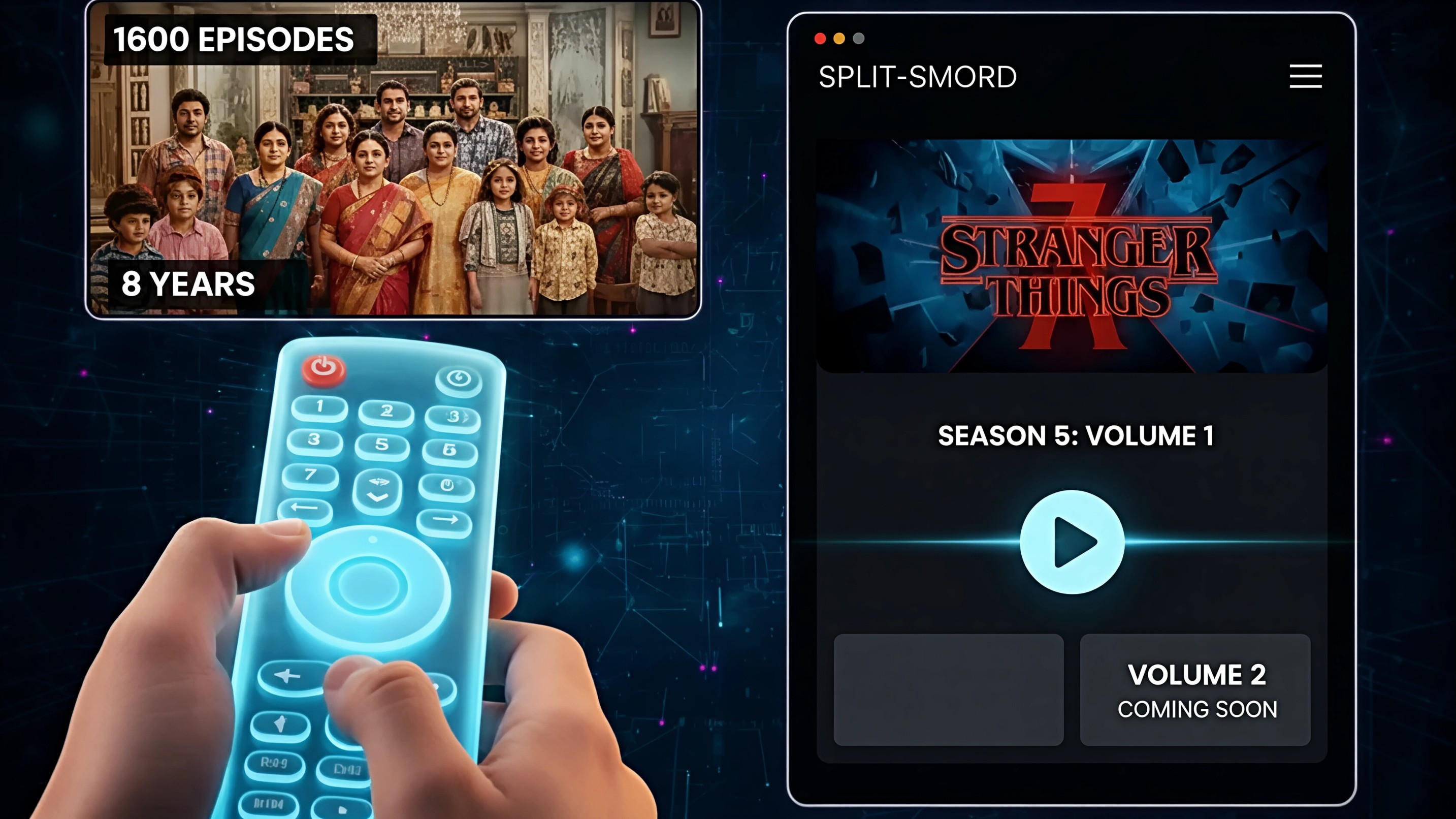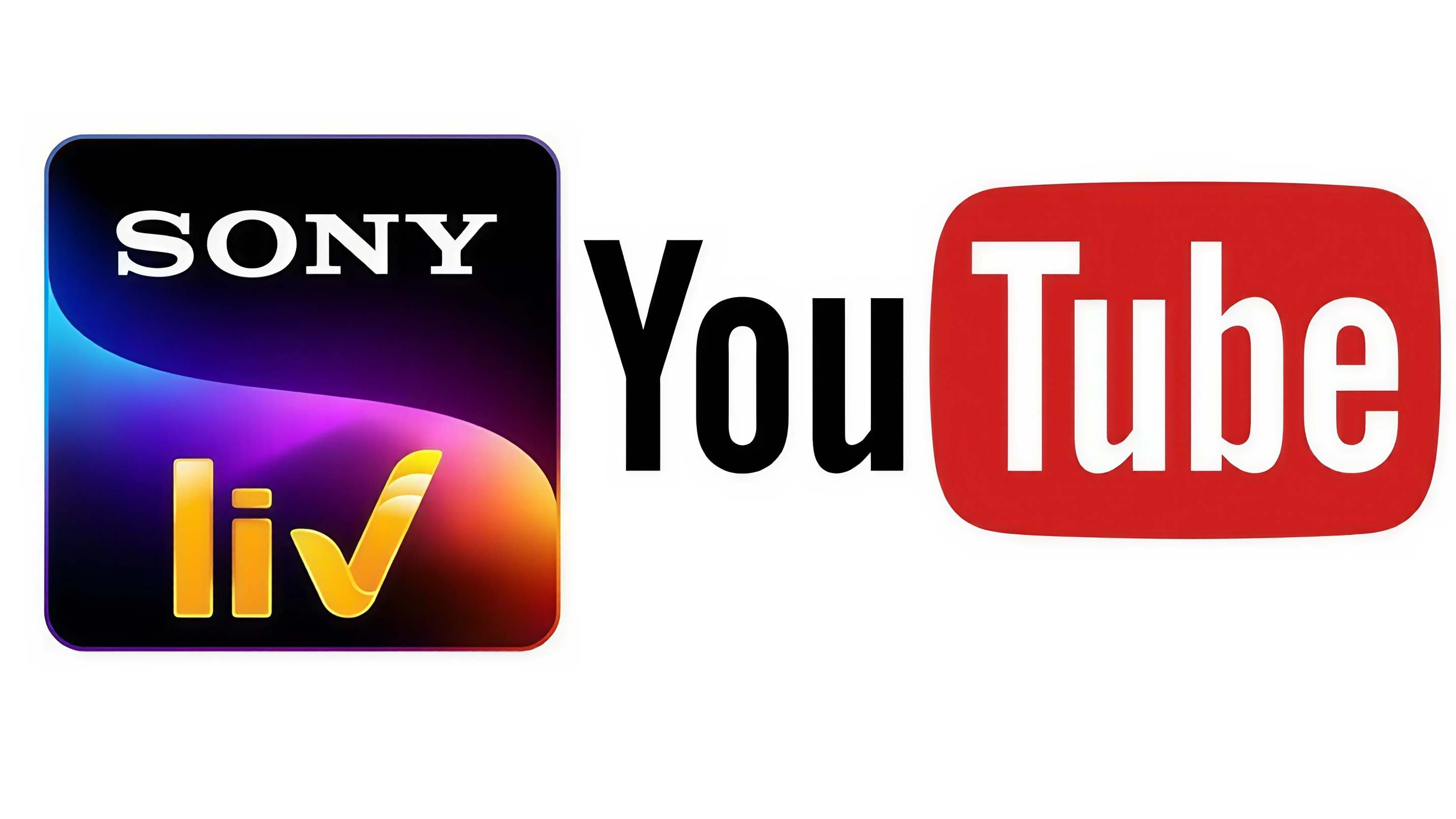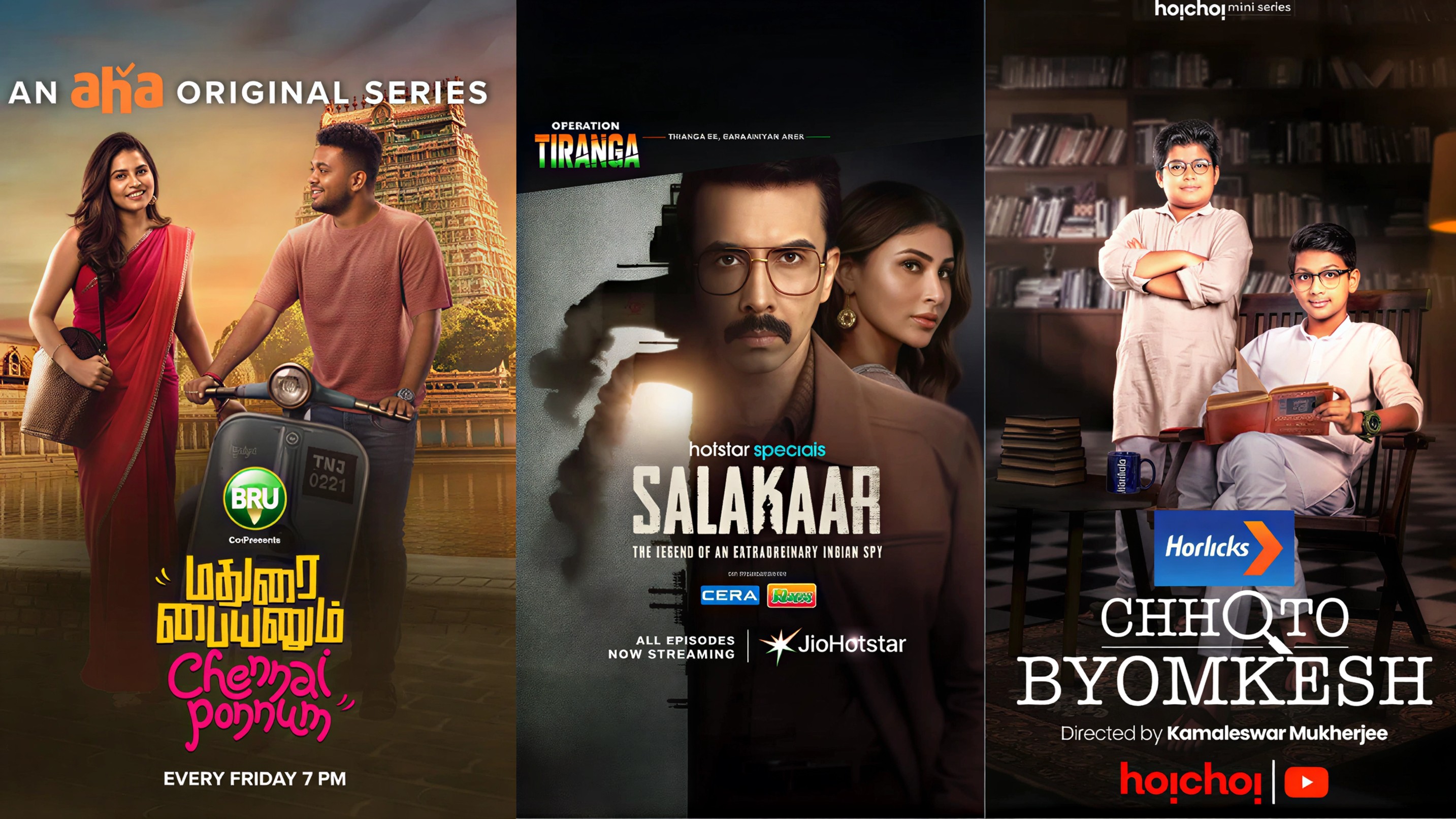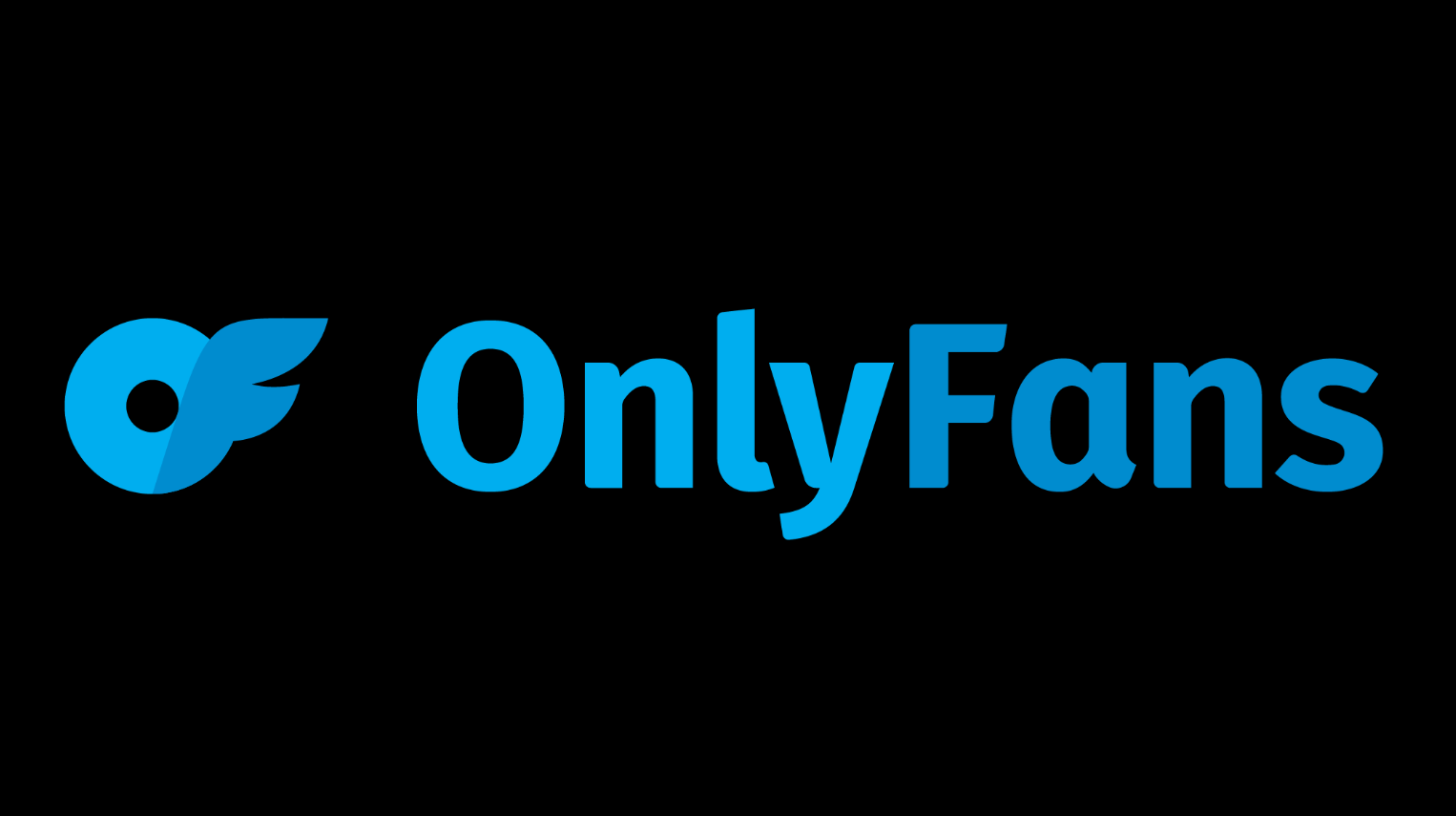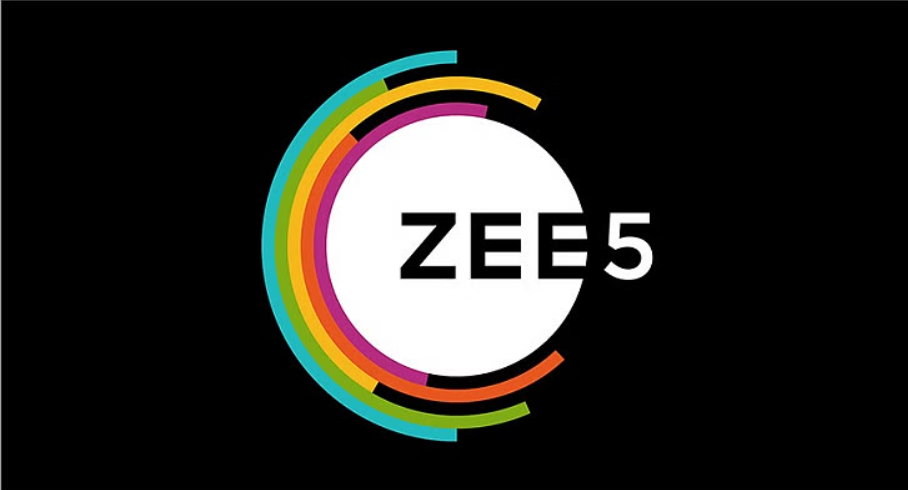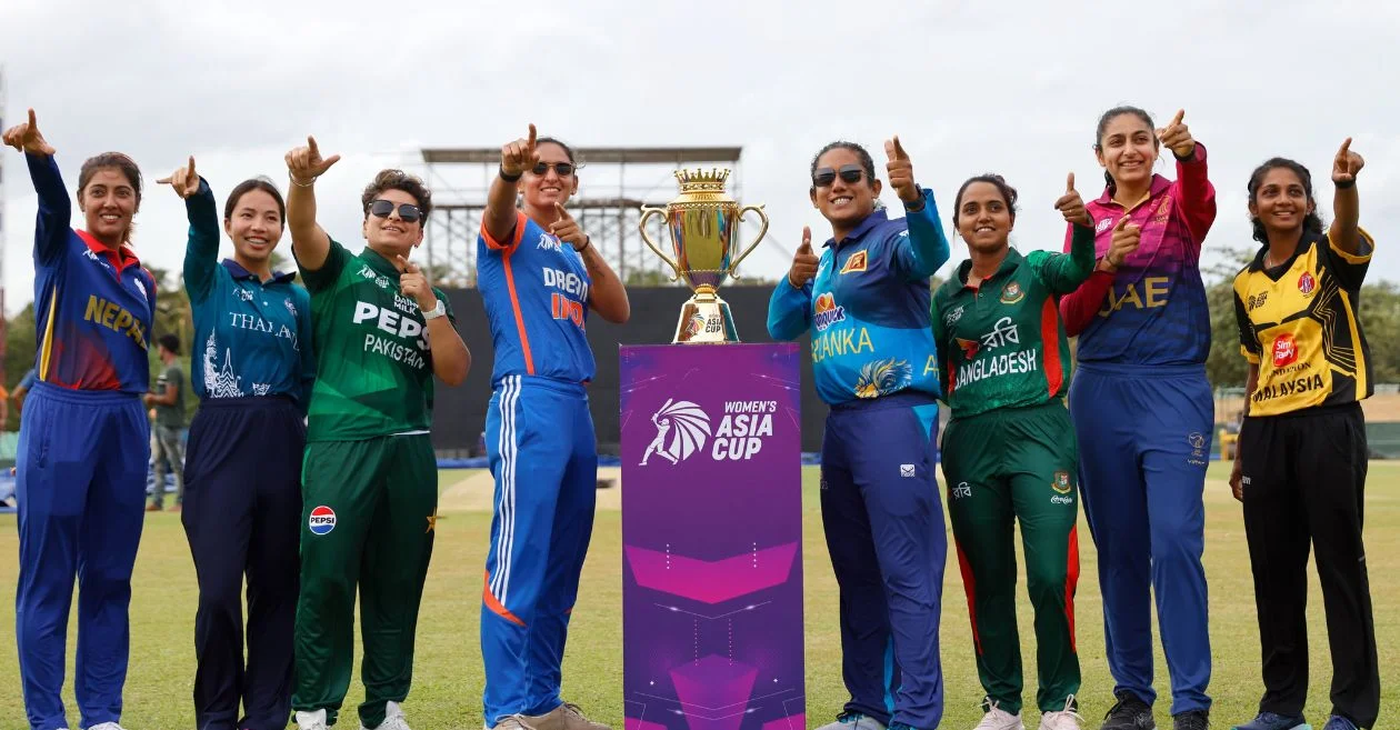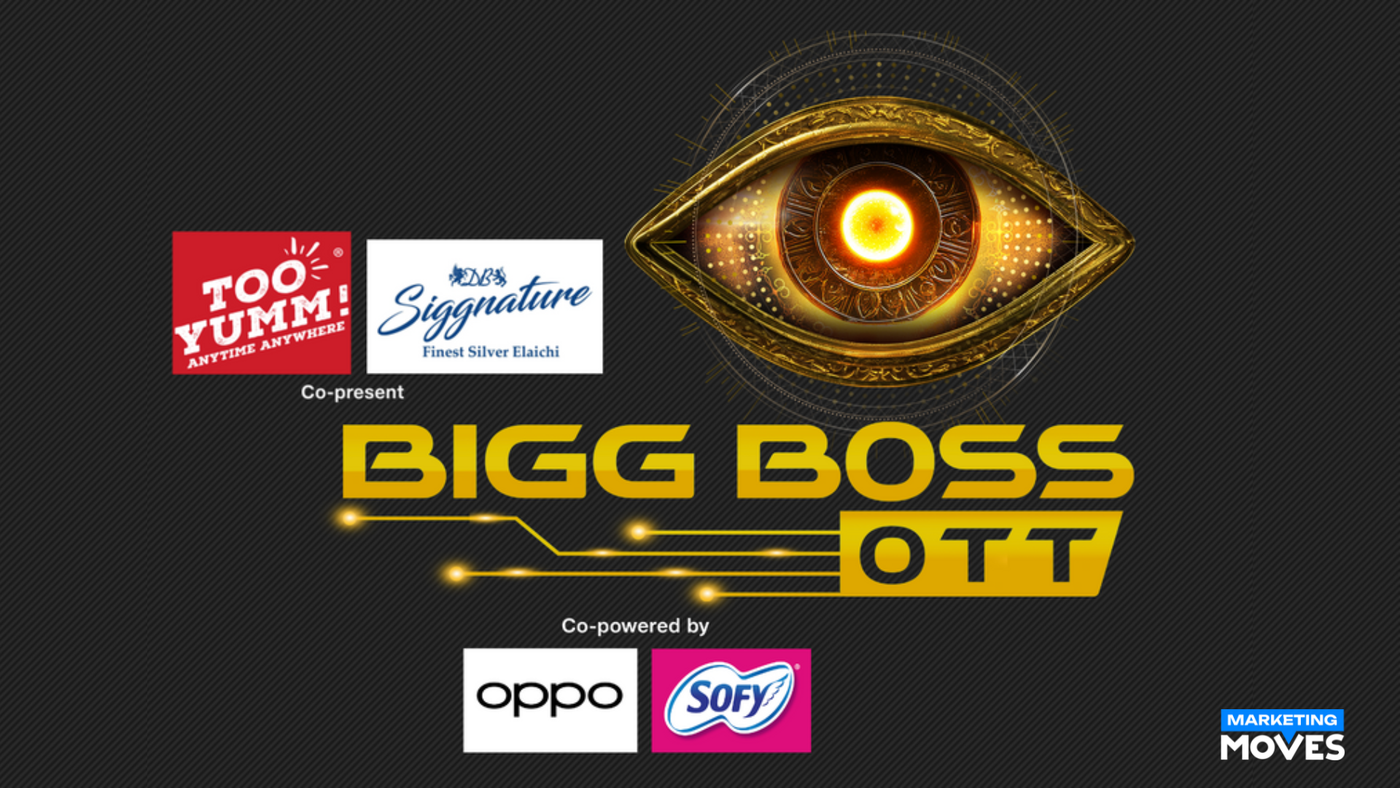The ICC Women’s World Cup 2025 is not just a sporting spectacle it’s a statement of how women’s cricket has become one of the most sought-after advertising platforms in India. With global giants like Google Gemini, Google Pay, Google Pixel, SBI, Rexona, and IGI joining the tournament, the sport is drawing attention from both mainstream and premium brands alike.
Brands Rally Behind Women’s Cricket
Running from September 30 to November 2, the Women’s World Cup’s overlap with India’s festive season has made it prime time for advertisers. JioStar, which holds broadcast and digital rights for both the WPL and ICC events, is leveraging the tournament to push women’s cricket further into the cultural mainstream.
Anup Govindan, Chief Revenue Officer of Sports at JioStar, revealed that early indicators show record-breaking engagement. “Women’s cricket is no longer a niche property, it has become part of a national conversation,” he said. According to data shared by JioStar, men account for nearly 55 percent of WPL viewers and 57 percent during the previous ICC Women’s World Cup, proving that the audience extends well beyond gender boundaries.
Festive Season Fuels Advertiser Demand
The timing of the World Cup couldn’t have been more strategic. The festive season has amplified consumer enthusiasm, creating a surge in ad sales and high-value sponsorships. “The overlap with Diwali and other celebrations has been a massive advantage,” Govindan noted. “Advertisers want to associate with optimism, community, and shared experiences and women’s cricket perfectly embodies that energy.”
ADVERTISEMENT
Brands have moved beyond traditional ad slots to immersive integrations and sponsorship activations around marquee matches. From luxury brands to tech and finance, the mix of advertisers reflects a shift toward inclusivity and premium positioning.

Women’s Cricket Becomes India’s Fastest-Growing Sports Property
JioStar believes women’s cricket has all the ingredients to sustain long-term growth high-quality competition, a diverse player base, and strong storytelling. “It’s family-inclusive, progressive, and authentic,” said Govindan. “Women’s cricket connects emotionally with audiences while aligning with brand values like empowerment and equality.”
The Women’s Premier League earlier this year set the stage for this transformation, proving that the sport isn’t a seasonal experiment but a stable commercial product. According to JioStar, advertiser categories once seen as women-centric are now joined by auto, BFSI, tech, and FMCG players who view the sport as a mass, gender-neutral platform.
The Broader Shift in Sports Advertising
Women’s cricket is redefining what it means to market through sport. From a storytelling perspective, it reflects the rise of a new India where talent from small towns shares the spotlight with global stars. This relatability gives brands a powerful cultural narrative to build on.
ADVERTISEMENT
As for viewership, both television and OTT are thriving. While television delivers mass-scale reach across urban and rural markets, OTT appeals to younger, digitally active audiences. JioStar is capitalizing on this dual-platform ecosystem, combining reach with precision targeting. “Advertisers are seeing the best of both worlds: television for awareness, OTT for engagement,” Govindan said.
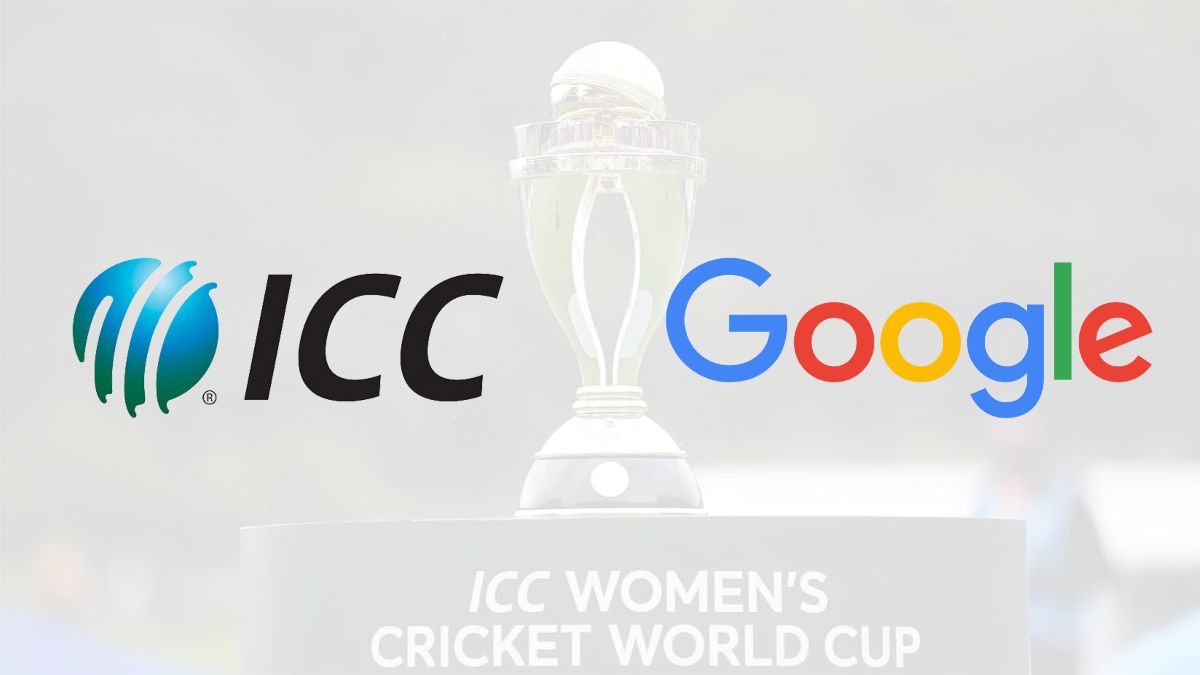
The Road Ahead
With festive energy driving viewership and premium brands backing the sport, women’s cricket is poised for its biggest leap yet. What was once considered niche has now become a mainstream, aspirational platform for both fans and advertisers.
As Govindan aptly summed it up, “This is not a moment, it's a movement. Women’s cricket represents the future of Indian sports entertainment.”
Follow Marketing Moves on Instagram and Facebook for more insights into campaigns, brand strategies, and how India’s new-age sports economy is evolving.

